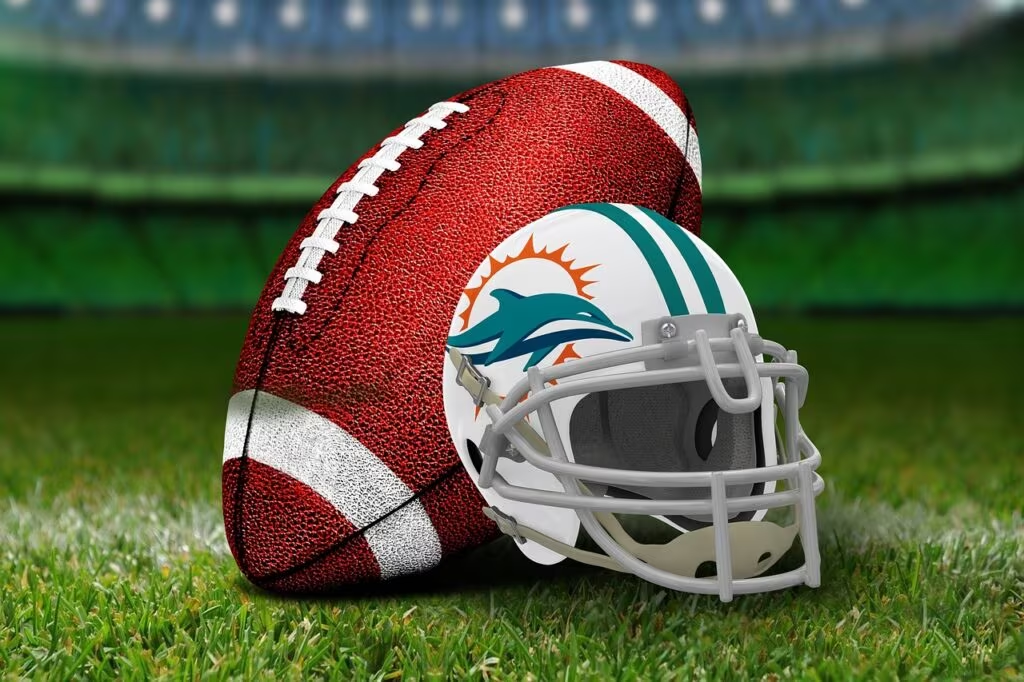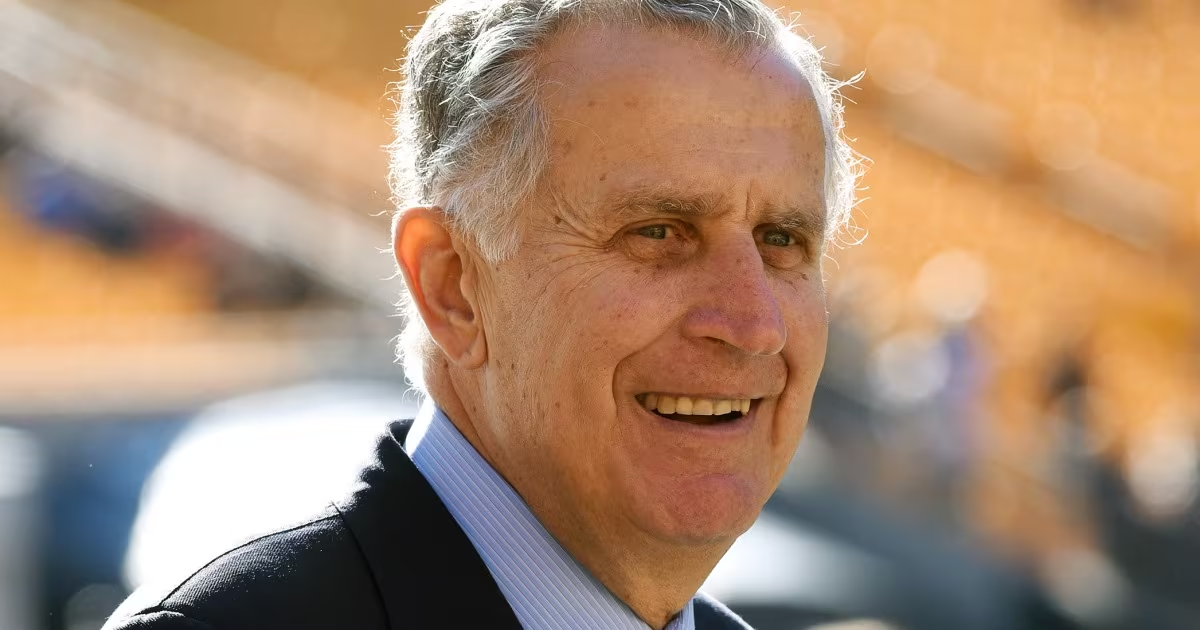The End of an Era: Paul Tagliabue, Architect of Modern NFL, Passes Away
Paul Tagliabue, the former National Football League Commissioner who presided over a transformative era of unprecedented financial growth, expansion, and labor stability, has died. He passed away on Sunday, January 5, 2025, at the age of 84, due to heart failure.
Tagliabue served as the NFL’s top executive for 17 years, from 1989 to 2006, stepping into the role following the legendary Pete Rozelle. His tenure is widely credited with establishing the financial and structural framework that turned the NFL into the dominant sports league in North America, though his legacy remains complicated by early criticisms regarding the league’s handling of player safety and concussions.
His death marks the passing of a pivotal figure whose legal acumen and strategic vision fundamentally reshaped professional football, transitioning it from a successful sports property into a global, multi-billion dollar entertainment enterprise.
The Era of Prosperity: Financial Growth and Labor Peace
When Paul Tagliabue took the helm in 1989, the league was facing significant challenges, including labor disputes and the lingering threat of franchise relocations. A skilled attorney by trade, Tagliabue’s greatest contribution was achieving labor peace and establishing the financial mechanisms that ensured the league’s collective prosperity.
Defining Achievements of the Tagliabue Years
Tagliabue’s legal background allowed him to successfully navigate complex negotiations, resulting in the implementation of the modern economic model that defines the NFL today. This stability was crucial for attracting massive television contracts.

Key structural changes implemented during his tenure include:
- The Salary Cap and Free Agency: The introduction of the salary cap and modern free agency in 1993 fundamentally changed player compensation and team building. While initially controversial, these systems ensured competitive balance and provided a stable framework for revenue sharing, which was essential for long-term labor harmony.
- Massive Media Contracts: Tagliabue negotiated increasingly lucrative television deals, including agreements with Fox, CBS, and ESPN, which saw the value of broadcast rights skyrocket into the billions. These contracts provided the financial bedrock for the league’s current wealth.
- Expansion and Relocation: The league successfully expanded to 32 teams under his watch. This included the addition of the Jacksonville Jaguars and Carolina Panthers in the mid-1990s, and the return of the Cleveland Browns and the establishment of the Houston Texans in the early 2000s. He also oversaw the stabilization of the league’s presence in key markets.
By the time Tagliabue retired in 2006, the NFL’s annual revenue had grown exponentially, cementing its status as a financial powerhouse.
The Concussion Controversy: A Complicated Legacy
While Tagliabue is celebrated for his financial stewardship, his tenure is often viewed critically through the lens of player health, specifically the league’s initial response to the growing evidence linking football to long-term brain damage, known as Chronic Traumatic Encephalopathy (CTE).
During the early 2000s, as medical concerns about repeated head trauma began to surface, critics argue that the NFL, under Tagliabue, was slow to acknowledge the severity of the issue. The league established the Mild Traumatic Brain Injury (MTBI) Committee, but its findings and methodology were later challenged by independent researchers and medical professionals.
“Paul Tagliabue was a brilliant lawyer and a transformative commissioner, but history will undoubtedly scrutinize the early years of the league’s concussion research and response,” noted one long-time sports analyst. “It was a blind spot in an otherwise flawless record of business management.”
This criticism intensified in the years following his retirement, leading to major litigation and the eventual overhaul of the league’s safety protocols by his successor, Roger Goodell. Tagliabue consistently defended the league’s actions during his tenure, maintaining that the league acted based on the information available at the time.

Transition and Influence
Tagliabue’s background as a partner at the prestigious Washington D.C. law firm Covington & Burling provided him with the necessary legal and political skills to navigate the complex world of professional sports ownership. He first began working with the NFL in the 1960s, handling legal matters, including the league’s antitrust defense against the USFL.
His predecessor, Pete Rozelle, focused on establishing the league’s national identity and television presence. Tagliabue took that foundation and professionalized the business structure, ensuring that the owners and players shared in the massive revenues generated by the TV deals and expansion fees. His strategic focus on collective economic interests rather than individual team battles laid the groundwork for the highly centralized, profitable league seen today.
Upon his retirement in 2006, he was succeeded by Roger Goodell, who inherited a league poised for even greater global expansion but also facing the escalating crisis of player safety that Tagliabue’s administration had largely deferred.
Post-Commissionership
Even after stepping down, Tagliabue remained an influential figure. He was appointed to the Board of Directors of the United States Olympic Committee and served on various corporate boards. He was a trusted advisor in league matters and occasionally returned to assist the NFL, notably in 2012 when he was appointed to rule on the sanctions handed down in the “Bountygate” scandal involving the New Orleans Saints.
His contributions were formally recognized when he was elected to the Pro Football Hall of Fame in 2020 as a contributor, solidifying his place among the most impactful non-players in the history of the sport.
Key Takeaways: The Legacy of Paul Tagliabue
Paul Tagliabue’s 17 years as NFL Commissioner were marked by definitive success in business and structure, coupled with significant challenges in health policy. His legacy can be summarized by these critical points:
- Financial Architect: He engineered the financial model that created the modern, multi-billion dollar NFL through lucrative media contracts and revenue sharing.
- Labor Stability: He oversaw the implementation of the salary cap and free agency, leading to years of labor peace and competitive balance.
- League Expansion: The NFL grew from 28 to 32 teams during his tenure, successfully navigating complex market entries and re-entries.
- Concussion Criticism: He faced enduring criticism for the league’s initial slow and inadequate response to the emerging scientific evidence concerning football-related brain injuries.
- Hall of Famer: He was inducted into the Pro Football Hall of Fame in 2020 as a key contributor to the sport.
Conclusion
Paul Tagliabue’s passing closes a significant chapter in NFL history. He was a commissioner defined by his intellect and strategic ability to unify disparate ownership groups toward a common, profitable goal. While the shadow of the concussion crisis remains a necessary part of his historical evaluation, his success in transforming the league’s economic structure is undeniable. He delivered the stability and financial foundation that allowed the NFL to thrive into the 21st century, ensuring that the league remains, for better or worse, the most powerful sports entity in the United States.
What’s Next
The NFL and its teams are expected to issue formal statements and tributes honoring Tagliabue’s profound impact on the sport. His contributions will be remembered during the upcoming NFL season, particularly his role in creating the league’s current economic landscape that continues to generate record revenues.
Original author: The Associated Press
Originally published: November 9, 2025
Editorial note: Our team reviewed and enhanced this coverage with AI-assisted tools and human editing to add helpful context while preserving verified facts and quotations from the original source.
We encourage you to consult the publisher above for the complete report and to reach out if you spot inaccuracies or compliance concerns.

